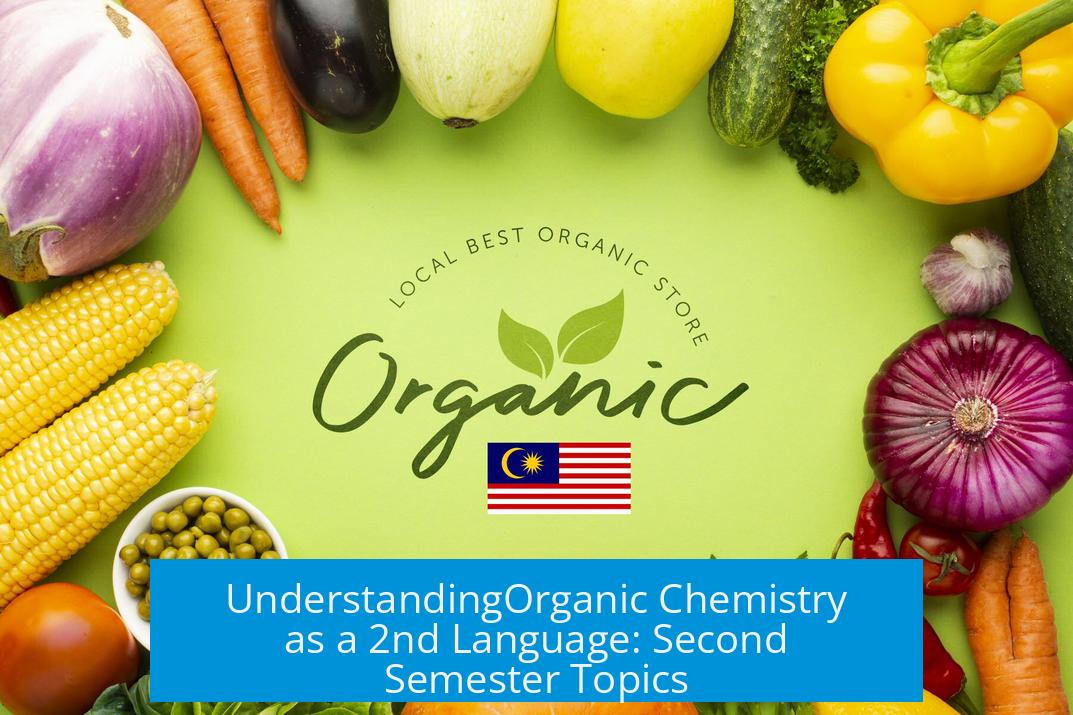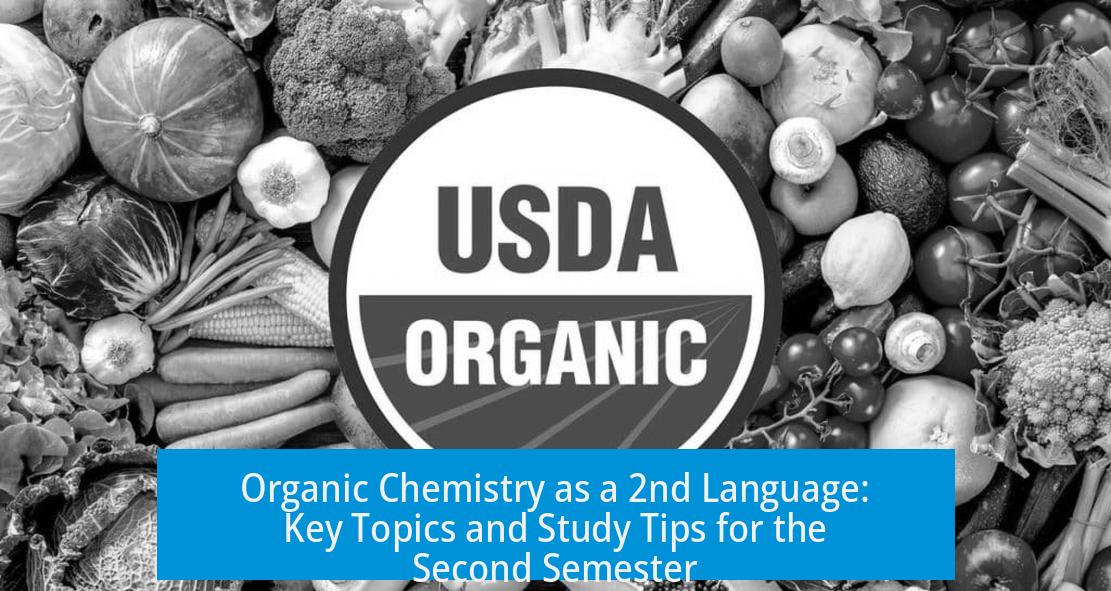Understanding Organic Chemistry as a 2nd Language: Second Semester Topics

“Organic Chemistry as a 2nd Language: Second Semester Topics” focuses on advancing students’ grasp of organic chemistry beyond introductory ideas. It covers essential concepts needed to succeed in the second semester of organic chemistry courses.
Main Areas Covered
- Stereochemistry and molecular 3D structure
- Reaction mechanisms and intermediates
- Alkenes, alkynes, and their reactions
- Aromatic compounds and electrophilic substitution
- Synthesis strategies using functional group transformations
- Alcohols, ethers, epoxides, and related compounds
- Carbonyl chemistry including aldehydes, ketones, and carboxylic acids
- Enolate chemistry and key organic reagents
- Biomolecules such as carbohydrates, amino acids, and nucleotides (often)
These topics build upon the foundation laid in the first semester to strengthen students’ problem-solving skills and understanding of reaction pathways.
Key Features and Benefits
- Breaks complex reactions into simple, logical steps
- Emphasizes the “language” of organic chemistry through pattern recognition
- Uses clear explanations suited for self-study or supplementing lectures
- Widely praised by students for enhancing exam performance and concept mastery
- Highly regarded as a study aid: often described as “life-saving” and “goated” by users
Availability and Resources
While many seek PDF versions for convenience, availability fluctuates. Official editions can be purchased online or borrowed from libraries. Some learners report difficulties accessing shared Dropbox links or request alternate file formats.
Further Study and Sequels
Readers often inquire about follow-up volumes beyond the second semester book. The author has released complementary materials covering both first and second semester topics separately. These are designed to be used together for comprehensive learning.
Study Tips Related to This Book’s Topics
- Review concepts consistently to reinforce memory (e.g., revisit weekly or monthly)
- Practice drawing mechanisms and stereochemical structures regularly
- Use flashcards to memorize reagents and key transformations
- Apply concepts to solving reaction problems from multiple sources
Summary of Key Points
- The book focuses on core second semester organic chemistry themes essential for intermediate mastery.
- It breaks down complex topics into understandable segments, improving problem-solving skills.
- Popular among students, it is recognized for its practical approach and clarity.
- Official copies are best obtained through legitimate channels; PDF availability is unreliable.
- Complementary volumes exist to support a holistic organic chemistry education journey.
Q1: What topics are covered in “Organic Chemistry as a 2nd Language: Second Semester Topics”?
The second semester focuses on reaction mechanisms, spectroscopy, and synthesis strategies. You’ll study topics like nucleophilic substitutions, elimination reactions, and functional group transformations.
Q2: Is there a follow-up book after the second semester topics?
Yes, the author has a series that builds on earlier volumes. Many students look for the next book that covers advanced concepts beyond the second semester.
Q3: Where can I find a digital copy of this book?
Some users share Dropbox links or PDFs, but links may not always work. Checking official sources or college libraries is best for reliable access.
Q4: How can I best use this book while studying?
Review each chapter regularly. Revisit challenging sections after a week or two to reinforce concepts and enhance memory retention.
Q5: Why do students recommend this book so highly?
It breaks down complex organic chemistry into manageable parts. The explanations clarify mechanisms and help students grasp second semester materials more easily.





Leave a Comment